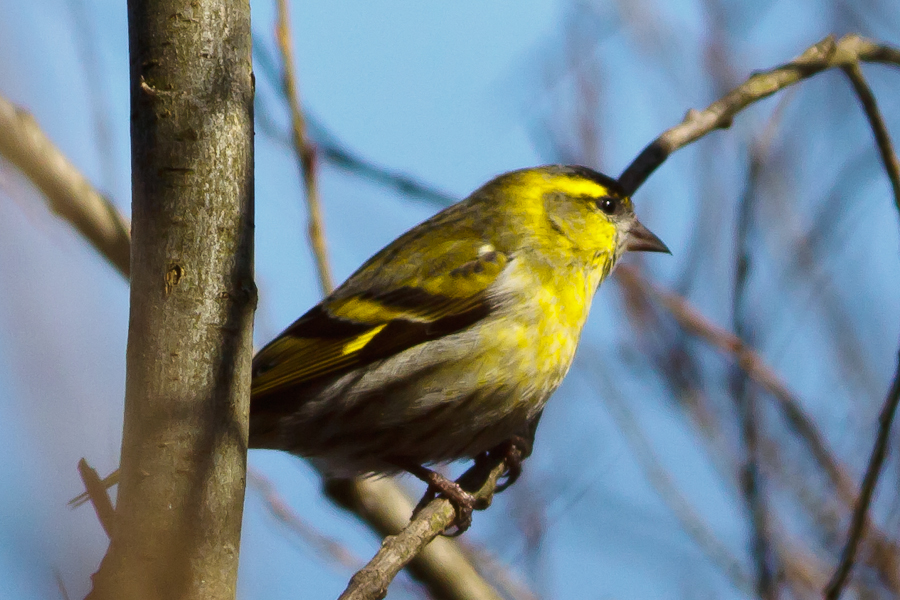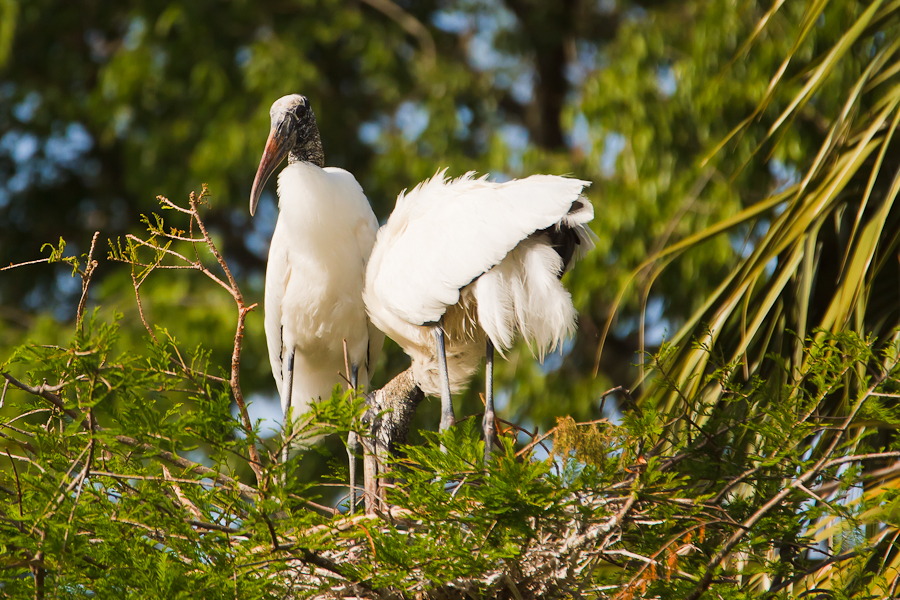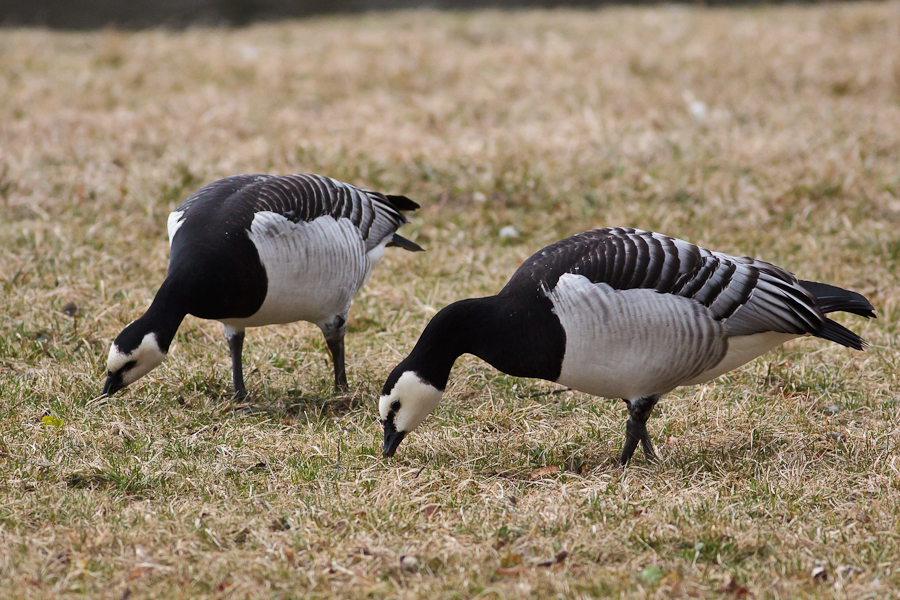Saturday the weather wasn’t looking good so I stayed close to home, and revisited the English Garden. Fortunately the promised rain never did come, and I managed to explore pretty much the entire garden from one end to the other and back (about eight miles). However it was still relatively quiet. The birdiest spot was in the far northeastern corner where I added a couple of new trip species including Eurasian Jay. A little south of there near what looked like some sort of community garden, I saw one small new bird and heard a second. Unfortunately I couldn’t identify either one. :-( Such are the perils of birding alone in unfamiliar territory.
Saturday afternoon I went back to Park Schloss-Nymphenburg to check out the Wildlife Photographer of the Year Exhibit at the Museum Mensch und Natur. I could have seen this the previous weekend, but I hadn’t known it was there. At least this time I knew where the tram was. :-) I didn’t do any serious birding of the grounds this time, but I did find one really obvious Eurasian Treecreeper with a big white eyebrow. (According to my field guide, in this part of Europe only Eurasian Treecreepers have white eyebrows. Some Eurasian Treecreepers don’t have white eyebrows, but no Short-toed Treecreepers have them.) Update: going over my records, I found that although I have seen Treecreepers before I’ve never had one with enough distinguishing characteristics to conclusively call it a Eurasian Treecreeper. That makes this bird #535!
Sunday, though, was a lot sunnier; and I hopped the train down to Herrsching on the Ammersee. As near as I could tell, this seemed to be the best spot I could reach outside of the city without renting a car. Trains weren’t running frequently on Sunday. I just missed one in Munich so I had to wait 30 minutes at the Hauptbahnhof, and another 15 minutes in Wessling. While waiting to change trains at Wessling, I ticked off a few birds from the platform including a Great Spotted Woodpecker, a European Greenfinch, and the only Eurasian Collared-Dove I saw the entire trip.
I finally reached Herrsching just before 10:00 AM. Given my complete lack of even basic reading German, I wasn’t sure where to go from the train station. I wandered around for a bit looking for a sign that made any sense. I never did find one, but I did find a Marsh Tit. Looks a lot like a Chickadee back home.
I eventually remembered that water flows downhill and into the lake, at least most of the time, and thus was able to point myself toward the lake by orienting along a stream. Turned out I had to go under the train station to reach the other side of town. Once I did that, finding the lake was easy. Herrsching proved to be a lakeside vacation community. It reminds me a little of Block Island. Once I reached the lake, I simply followed the lakefront to see what I could see.
Birds along the lake included Whooper Swan, White Wagtail, Red-crested Pochard, and many Black-headed Gulls. My guidebook had suggested I take the ferry around the Ammersee to several other lakefront towns, and I was hoping to do a little pelagic birding on the way; but it turns out the ferry wasn’t running for another month or so. :-(
Fortunately, a small trail continued around the lakefront even after the paved path ran out, and in a small but of brush between the path and the lake, I saw quite a bit of activity. First was a small olive-brown bird which was wagging its tail. Plumage wise there were two obvious possibilities: Common Chiffchaff and Willow Warbler, either one a lifer. However, only the Chiffchaff wags its tail like that. #536!
And in the same patch of brush I then found several Eurasian Siskins #537! These were easier to identify since they’re more distinctively plumaged, and yet are obviously related to our Pine Siskin back home:

Read the rest of this entry »



